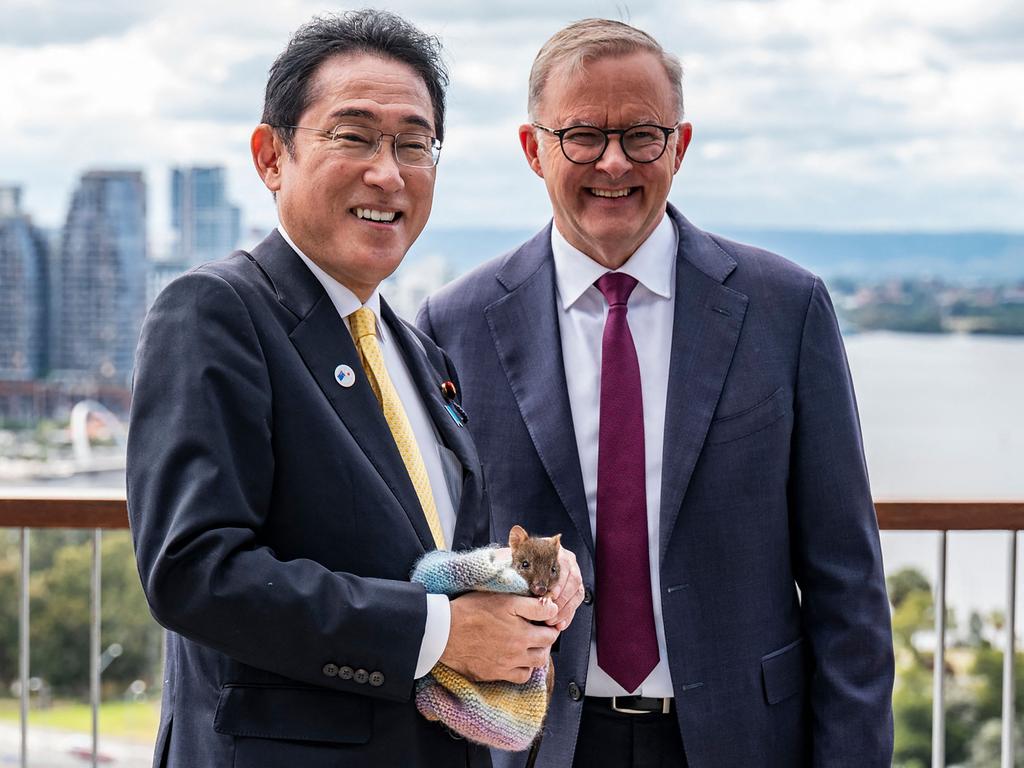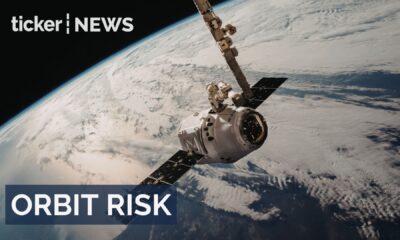News
Japan asks Australia to cooperate in daring space mission

News
Tasmania AFL team confirmed: Macquarie Point stadium legislation passes
Tasmania joins AFL with the Tassie Devils set for 2028; legislation passed for Macquarie Point stadium.
News
Australian Dollar hits five-week high amid weak GDP and US Dollar
Australian dollar hits five-week high amid soft US dollar, traders eye RBA policies and Fed meeting impacts.
News
EU launches antitrust probe into Meta over WhatsApp AI policy
EU probes Meta’s WhatsApp AI chatbot policy for potential antitrust violations affecting third-party developers and competition.
-



 News3 days ago
News3 days agoAustralia’s fastest-growing property markets revealed
-



 Ticker Views4 days ago
Ticker Views4 days agoSpace debris could sabotage Google’s next big AI breakthrough
-



 News3 days ago
News3 days agoEU launches antitrust probe into Meta over WhatsApp AI policy
-



 News3 days ago
News3 days agoTasmania AFL team confirmed: Macquarie Point stadium legislation passes
-



 News5 days ago
News5 days agoStocks rebound as Bitcoin and tech surge ahead of Fed meeting
-



 News4 days ago
News4 days agoImmigration crackdown escalates tensions In New Orleans
-



 Shows2 days ago
Shows2 days agoAccessibility gaps in cybersecurity
-



 News4 days ago
News4 days agoAustralia warned of major electricity price surge without faster renewable rollout






